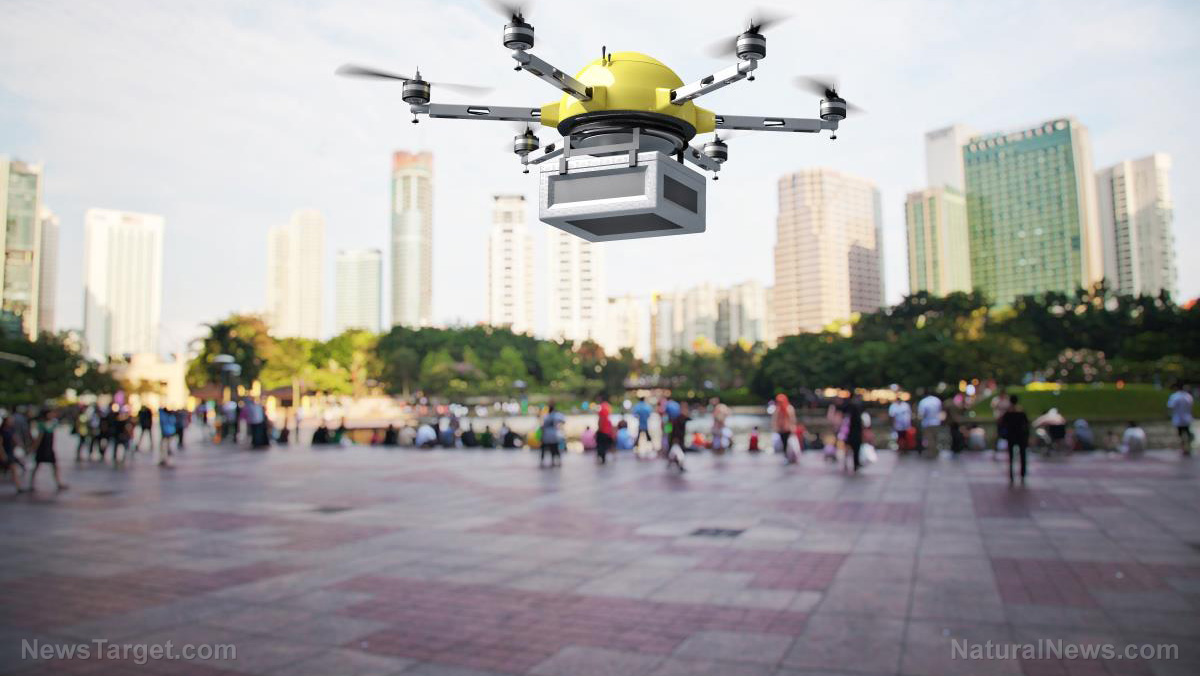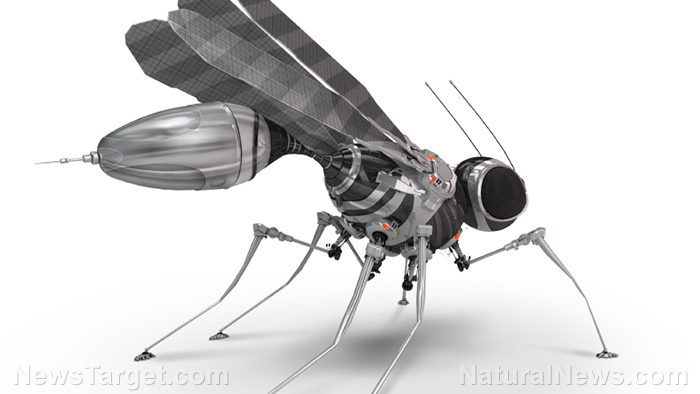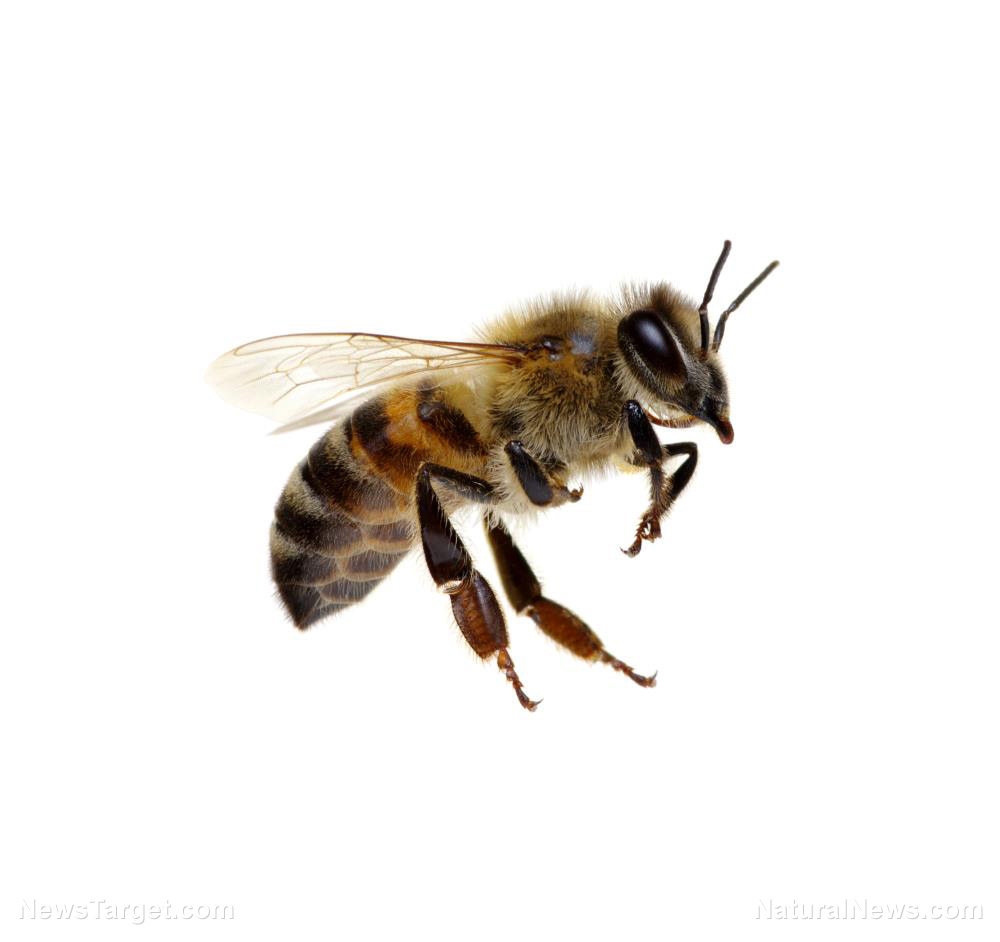
While numerous in overall number and still common throughout most of Europe, this species is growing increasingly rare in the British Isles. Numerous reasons have been given for its scarcity, including loss of habitat due to deforestation and urbanization.
To keep track of nightjar populations in the U.K., researchers comb through the birds' preferred forest habitats on foot in search of nest sites. The process is time-consuming and can prove to be dangerous. Researchers are often exposed to hazardous substances and can suffer injuries during the course of surveying an area.
To make things even more complicated, the nightjar is very hard to spot in its home environment. Its natural coloration matches the wood found throughout its habitat.
The nightjar is also a master at staying absolutely still if something threatening comes its way. Finally, it is a nocturnal bird, so it only moves around at night and is asleep during the day. (Related: First wireless insect-size robot takes flight.)
Automating birdwatching with aerial drones
Cardiff University researchers believed that aerial drones were suitable substitutes for human ground survey teams. They put their theory to the test at a government-managed tree plantation in South Wales that was known to host a breeding population of European nightjars.
In their pilot study, the researchers equipped several drones with thermal-sensing cameras that could pick out nightjars from the ground. They sent these small aircraft to take aerial photos of previously located nest sites during the breeding period of May to August.
The drones took off at dawn, midday, and dusk. They maintained altitudes of 32, 65, or 164 feet (10, 20, and 50 m) over the nest sites as they took thermal photographs.
During the study period, the researchers watched the nests from long range. They looked for any signs that the drones were disturbing the nesting nightjars.
Analysis of the thermal photographs showed that the nightjar nests stood out from the ground because of the body heat of their occupants. A nightjar displayed an average body temperature of 140 F (40 C), while the ground was much cooler in comparison.
The photos were also compared based on the detail acquired from the drone's altitude and the time of the overflight. The researchers determined that the best altitude to take photos was also the lowest (32 feet), while the cooler periods of dawn and dusk were the best times.
Even endangered birds fear the drones that are monitoring them
Even the highest altitude of 164 feet proved low enough that the researchers could determine the size of the nightjars in the photos. The body measurements allowed them to confirm if the birds were or were not European nightjars.
"Our preliminary findings demonstrate the potential of drones for surveying nightjars during their breeding season, allowing forestry managers to locate nests more accurately and plan their works adequately," said Cardiff researcher Robert Thomas. The supervisor of the study, Thomas believed their method for locating European nightjars could be adjusted to spot any species with warm blood.
During the periods when the drones were flying about, the nightjars stayed still in their nests. The birds only behaved like this if they were hiding from predators.
Researchers are not sure if the nightjars considered the drones to be a threat. They will adjust the performance of the aerial drones when they expand the experiment in the future. That way, the birds will not feel threatened by the mechanical devices that are watching over their safety.
Sources include:
Please contact us for more information.





















